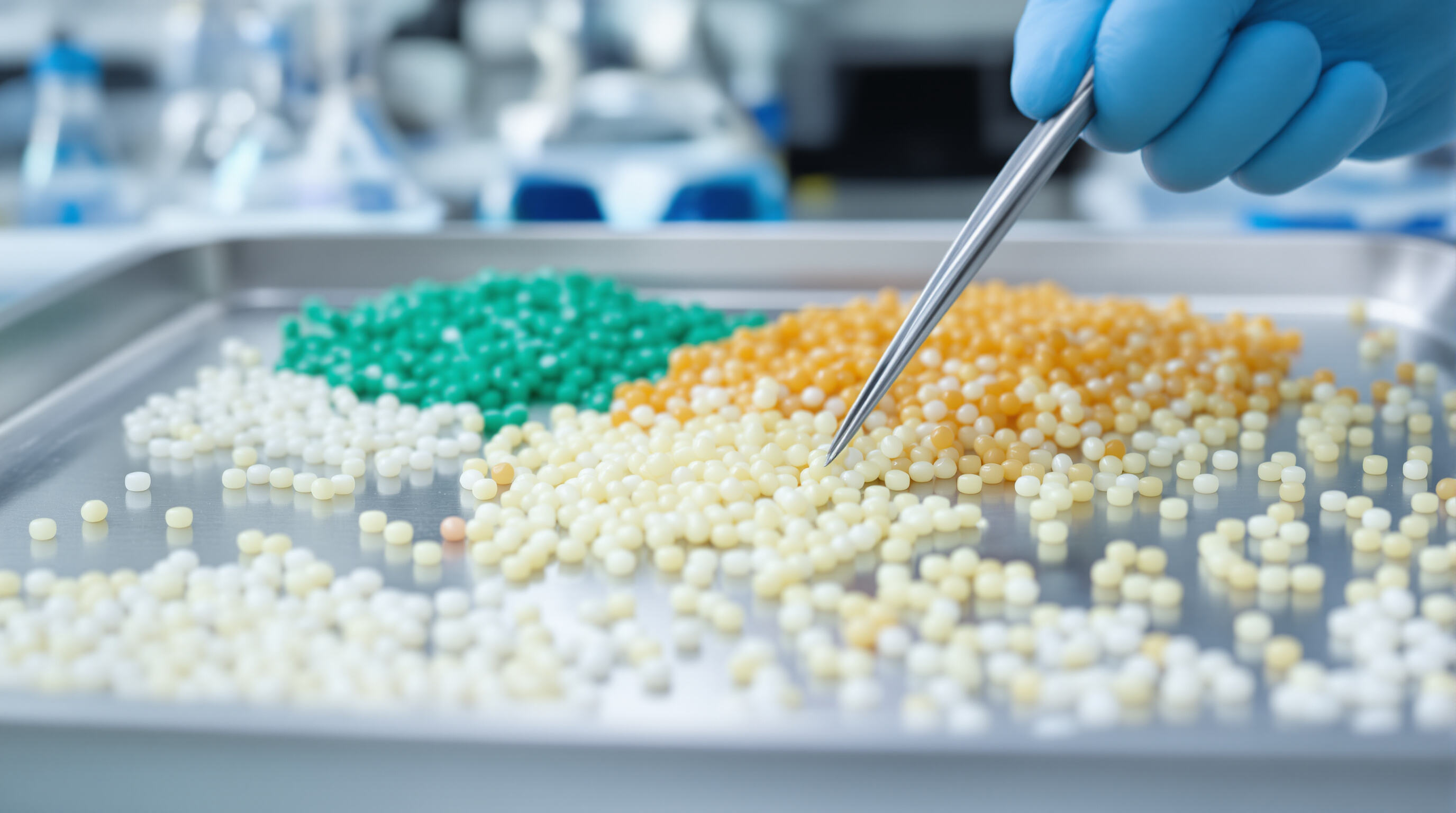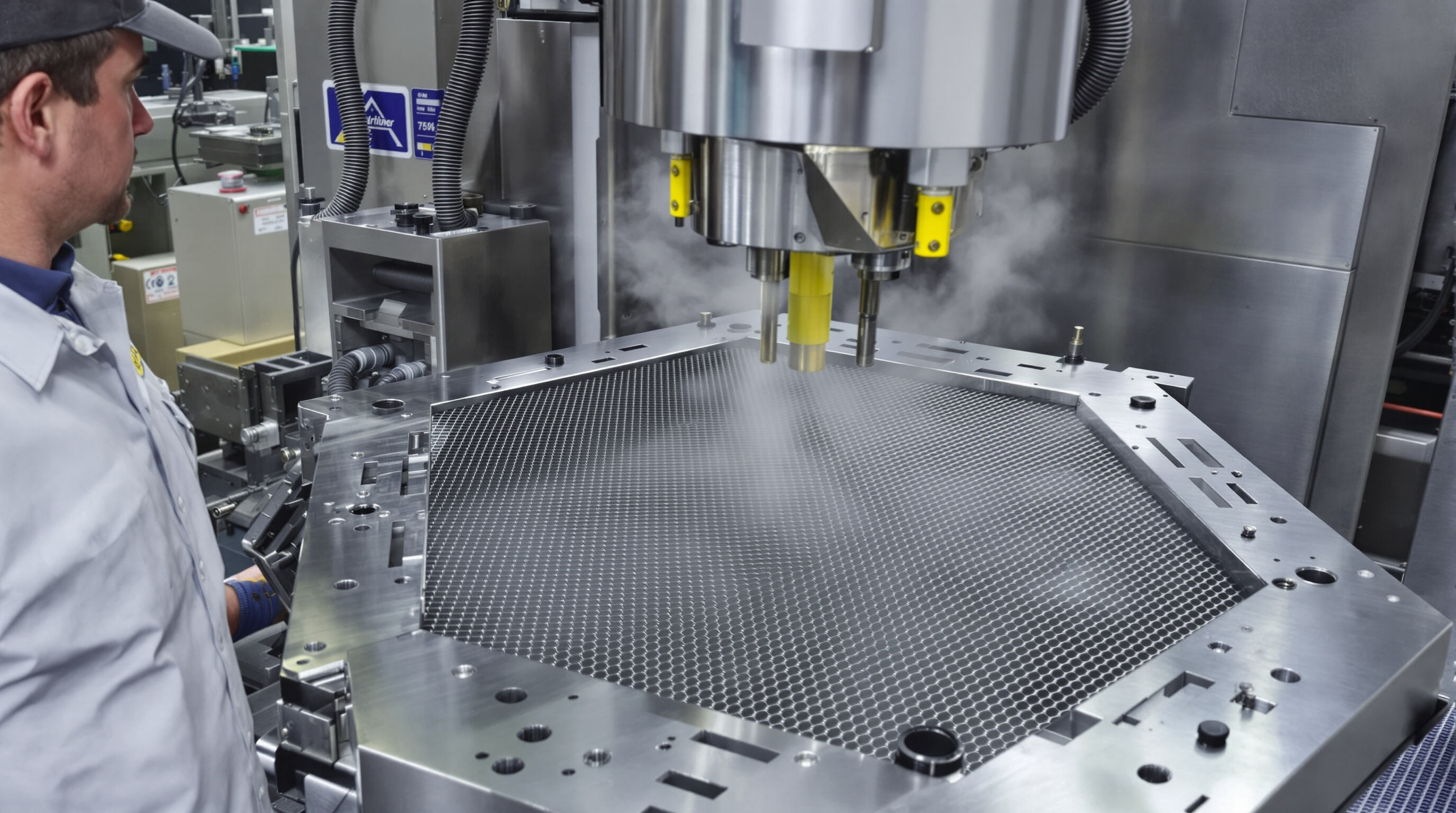
The longevity of polyurethane screen mesh hinges on precise material selection and polymer chemistry optimization. Industrial applications demand polyurethanes that balance elasticity with structural integrity, requiring manufacturers to evaluate polymer composition through three critical lenses.
Polyether-based polyols demonstrate 35% greater hydrolytic stability in wet screening environments compared to polyester variants, as shown in accelerated aging tests (Journal of Elastomers & Plastics, 2023). However, polyester formulations provide superior resistance to hydrocarbon-based abrasives, making them preferable for mining operations.
Hard segment concentrations between 55%–65% optimize resilience in high-frequency screening scenarios. Excessive hard segments (>70%) increase stiffness but reduce energy dissipation by 18%, elevating crack propagation risks under dynamic loads.
A polydispersity index (PDI) of ≤1.3 minimizes stress concentration points while maintaining tensile strength. Narrow molecular weight distributions correlate with 42% higher tear resistance in ASTM D624 testing, critical for screens handling sharp-edged aggregates.
A 12-month field study compared three polymer formulations in iron ore processing plants. Polyether-polyol blends with controlled PDI sustained <3% aperture deformation versus 8–12% in standard polyester systems, reducing unscheduled maintenance downtime by 1,200 hours annually.
The performance of polyurethane screen mesh in demanding industrial applications depends heavily on precise additive formulations. Strategic use of modifiers balances flexibility, wear resistance, and environmental durability while maintaining structural integrity across temperature extremes.
Plasticizers reduce polyurethane’s glass transition temperature, preventing brittleness in sub-zero environments. Optimized concentrations (typically 5–15% by weight) enable elasticity retention down to -40°C without compromising tensile strength. Over-plasticization risks surface tackiness, requiring careful calibration through dynamic mechanical analysis (DMA).
Nanoparticle additives like alumina (Al₂O₃) and tungsten carbide (WC) form protective matrices that reduce wear rates by up to 58% in high-impact screening. A 2023 polymer composites study demonstrated 2 wt% alumina reinforcement lowers surface roughness from 1.4µm to 0.32µm, extending mesh lifespan in abrasive mineral processing by 300–400 hours.
Hindered amine light stabilizers (HALS) and benzotriazole UV absorbers mitigate photo-oxidative degradation, preserving 92% of initial tensile strength after 18 months of solar exposure. Antioxidants like Irganox 1010 suppress chain scission reactions at temperatures up to 120°C, critical for asphalt screening operations.
While 5% SEBS rubber additives improve impact resistance by 40%, they reduce flexural fatigue life by 22% under cyclic loads exceeding 50Hz. Industry research reveals a non-linear relationship where filler concentrations above 15 wt% increase crack propagation rates by 0.8µm/cycle in multi-axis stress environments.

Precision molding and controlled curing directly determine the structural integrity and dimensional accuracy of polyurethane screen mesh products. Tight process control ensures consistent aperture geometry and material properties critical for high-performance screening applications.
CNC-machined molds with ±0.02 mm tolerances (ISO 2768-m standard) prevent aperture deformation in polyurethane screen mesh during high-pressure injection. Multi-axis machining achieves 90° ± 0.5° sidewall angles, maintaining uniform open area ratios across production batches.
Steel molds (CTE: 12 µm/m°C) expand 23% faster than polyurethane (CTE: 180 µm/m°C) during injection. Modern mold designs incorporate 0.15–0.3% oversizing in cavity dimensions to account for differential shrinkage during cooling, reducing post-cure dimensional drift by 40%.
Ra ≤ 0.8 µm surface finishes reduce demolding forces by 55% compared to unpolished molds (Ra > 1.6 µm). Proprietary non-stick coatings decrease cycle times by 18% while minimizing micro-tears in screen mesh edges during extraction.
Real-time process monitoring systems track exothermic reactions at 2-second intervals, ensuring complete crosslinking within the 85–95°C gelation window. Recent studies show systems using TTT diagrams reduce undercured defects by 62% in thick-section polyurethane screen panels (ASTM D412-16, 2023 data).
Vision systems that are automated use high res cameras along with machine learning tech to check those tiny aperture sizes around 0.15 mm in polyurethane screen mesh. According to ASQ from 2022, this approach cuts down on size related defects by about 22% when compared with what humans can spot manually. The machines can go through roughly 120 to 150 mesh panels each hour, catching all sorts of issues including those pesky oval shaped holes which actually lower screening effectiveness by as much as 18% when dealing with minerals. These kinds of problems really matter in industrial settings where precision makes all the difference.
Modern laser profilometers create 3D surface maps with 5 µm resolution, detecting thickness variations that impair vibration response in screening equipment. A 2023 study of mining-grade panels showed screens with <2% thickness deviation demonstrated 31% longer operational lifespans under 60 Hz vibration loads.
Pulse-echo ultrasonic testing identifies subsurface voids as small as 0.3 mm diameter that compromise structural integrity. In stress tests, screens with undetected microvoids failed at 45% lower load capacities than defect-free equivalents during shale gas screening operations.
Rigorous ASTM D3389 testing subjects polyurethane screen mesh to:
| Test Parameter | Standard Value | Performance Benchmark |
|---|---|---|
| Dynamic Load Resistance | 106 cycles at 2 G | <5% permanent deformation |
| Wet Abrasion Resistance | 500 hrs @ 50 PSI | <0.8 mm material loss |
Screens meeting both criteria demonstrate 90% retention of original throughput capacity after 18 months in iron ore processing plants.
Implementing ISO 9001:2015 brings better quality control to the production of polyurethane screen meshes. This international standard requires companies to keep detailed records about materials used, how processes are carried out, and track any defects that occur during manufacturing. These records help maintain important physical properties like tensile strength within a 5% margin of error and proper elongation characteristics needed for effective screening operations. Looking at industry data from last year, when 127 different manufacturers adopted these practices, around four out of five reported fewer product returns from customers. Many attribute this improvement to setting up those continuous improvement systems that the standard pushes for throughout the entire production cycle.
Industrial screen mesh used in mining (MSHA-regulated) and explosive atmospheres (ATEX Directive 2014/34/EU) requires specialized formulations. MSHA-compliant polyurethane must achieve ≤25% abrasion loss (ASTM D4060) while maintaining flame-retardant properties (<5 sec afterflame time per UL 94 HB). ATEX-certified grades incorporate anti-static additives to dissipate surface charges below 1 GJ ignition energy thresholds.
Batch-level tracking via RFID tags or QR codes enables full material genealogy – from polymer lot numbers to curing oven parameters. Leading manufacturers employ blockchain-based systems to immutably record:
Custom validation frameworks address unique operational stresses:
| Test Parameter | Mining Standard | Construction Aggregate Standard |
|---|---|---|
| Particle Impact (Joules) | 150J cyclic @ 5Hz | 75J continuous @ 3Hz |
| Slurry Abrasion (g/hr) | ≤8.2 (ASTM D4060) | ≤5.9 (ASTM D3389) |
| Hydrolytic Stability | 500hr @ 85°C/85% RH | 300hr @ 70°C/75% RH |
This tiered approach ensures polyurethane screen mesh meets the ASTM E11-20 wire cloth specifications while exceeding application-specific durability requirements.